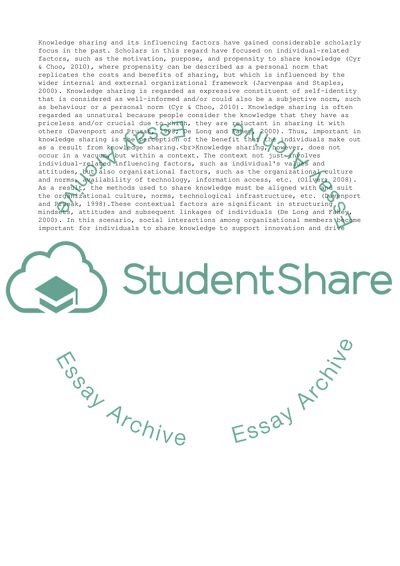Cite this document
(Not Found (#404) - StudentShare, n.d.)
Not Found (#404) - StudentShare. https://studentshare.org/business/1829991-v5-proposal
Not Found (#404) - StudentShare. https://studentshare.org/business/1829991-v5-proposal
(Not Found (#404) - StudentShare)
Not Found (#404) - StudentShare. https://studentshare.org/business/1829991-v5-proposal.
Not Found (#404) - StudentShare. https://studentshare.org/business/1829991-v5-proposal.
“Not Found (#404) - StudentShare”. https://studentshare.org/business/1829991-v5-proposal.


